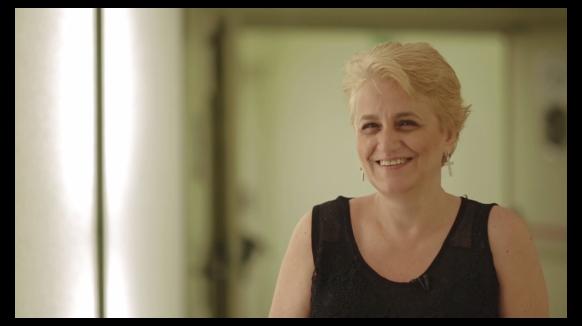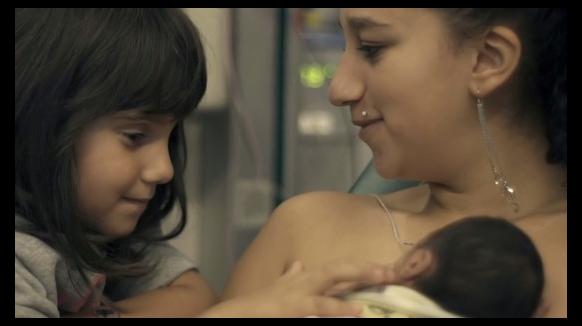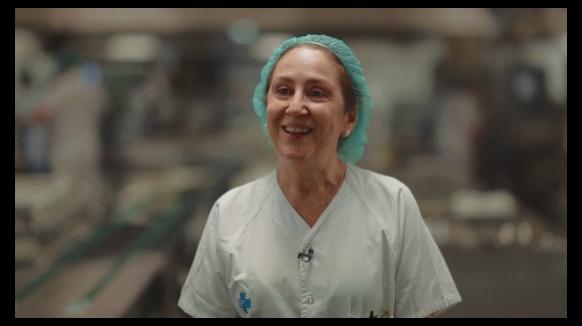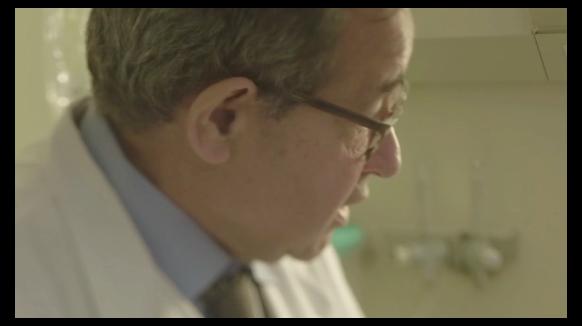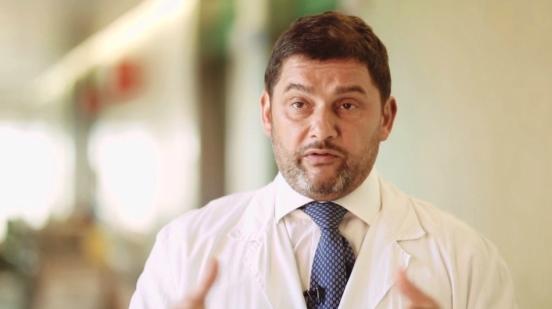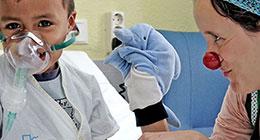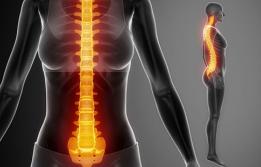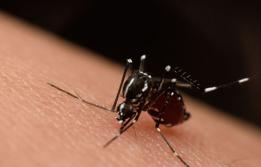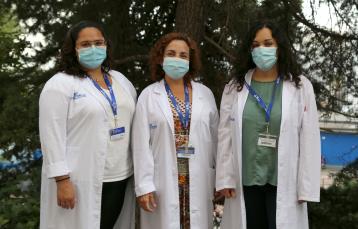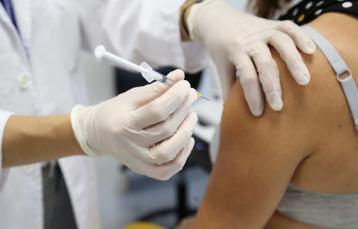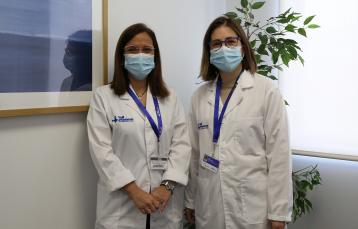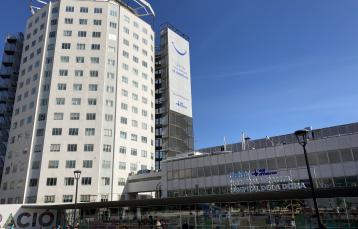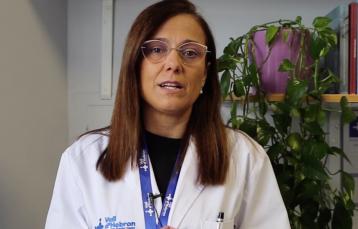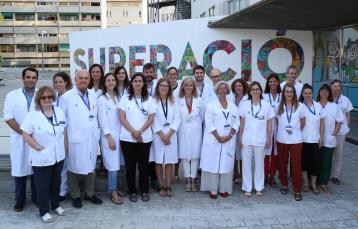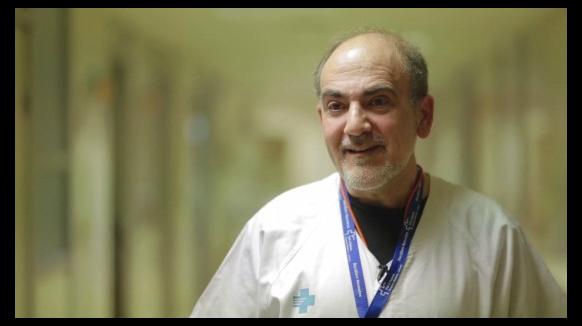Prematurity Prevention Unit
The Prematurity Prevention Unit is responsible for assessing and attending to pregnant women who are at risk of having a premature birth.
Description
The majority of pregnant women (9 in every 10) give birth after 37 weeks of pregnancy, which is known as a “full term birth”. 1 in every 10 women, however, have a premature birth and give birth before these 37 weeks have elapsed. If a baby is born a few weeks before it is due, its health ought not to be affected. However, if it is very premature, certain complications may arise.
This Unit accompanies women throughout the pregnancy, monitoring the first six months and performing treatments to try and avoid a premature birth. Once women reach 34-37 weeks of pregnancy, the majority are discharged from the Unit. They then continue to be monitored in the Obstetrics Unit, where the team's midwives will follow-up the pregnancy until birth.
The Prematurity Prevention Unit collaborates with the Pathological Anatomy and Neonatology Department to carry out a more appropriate monitoring of each woman in accordance with her medical history.
We also offer pre-conception (pre-pregnancy) counselling to women, helping them to plan their pregnancy and receive some helpful tips. Women who have been referred by gynaecologists and midwives, as well as those who are seeking a second opinion on the course of their pregnancy, receive help and advice in this unit.
One of the most important tasks undertaken by the Unit is the performance of clinical trials, with some of these being published in specialist medical journals. The most notable procedures are the measurement of the length of the cervix (neck of the uterus) and the use of the cervical pessary, which is an instrument that is inserted into the vagina to correct uterine prolapse in women who have a short cervix, preventing them from suffering a premature birth.
The Unit is run by a consultant obstetrician and supported by specialist obstetricians and midwives. We also organise training sessions for other doctors, medical students at the Autonomous University of Barcelona and locums (fellowship).
Disorders associated with this speciality
- Threat of suffering a premature birth
- Premature rupture of membranes
- Short cervix
- Chorioamnionitis
- Cervical incompetence
Health advice related to this speciality
- Stick to a balanced diet
- Do physical exercise
- Visit the doctor regularly and undergo pre-natal tests
Treatments related to this speciality
- Progesterone (hormone)
- Corticosteroids (hormone)
- Pessary (instrumentinserted into the vagina to prevent the opening of the cervix)
- Cervical cerclage (tape used to suture the cervix to prevent it from opening).
- Tocolytics (drugs used to suppress contractions)
Diagnostic tests associated with this speciality
- Measurement of cervical length
- Ultrasound
- ...
Departments associated with this speciality
- Neonatology
- Obstetrics Ultrasound Unit
- Foetal Medicine and Surgery Unit
- Births and Women’s Emergencies Section


